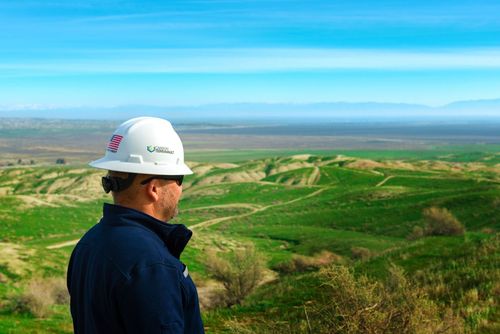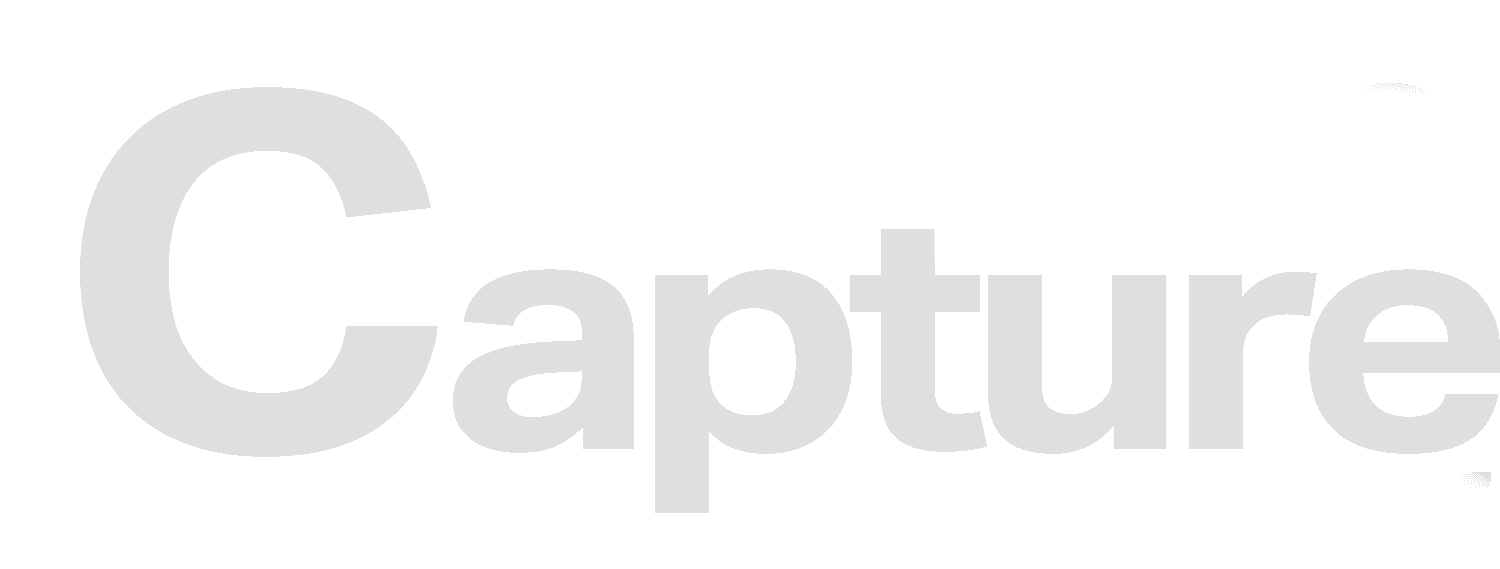Hub of Collaboration

PHOTO: CALIFORNIA RESOURCES CORPORATION
November 15, 2023
BY Chris Gould
Advertisement
Advertisement
Related Stories
Brazil has launched a national CCUS Subcommittee under its Ministry of Mines and Energy to implement the country’s 2024 Fuel of the Future law and anchor its strategy for COP30. The group brings together Petrobras, TotalEnergies, FS Energia, SLB New Energy, and other key stakeholders to advance carbon capture, storage, and regulatory frameworks.
Babcock’s LGE business has secured Approval in Principle from Lloyd’s Register for its ecoCPTR® onboard carbon capture system. The technology combines Aqualung’s facilitated transport membrane capture with Babcock’s ecoCO2® system, offering a compact, modular solution for both new and retrofitted vessels.
The Government of Canada has announced $5.8 million in funding for carbon capture, utilization, and storage projects in British Columbia. The investments will support Svante, Anodyne Chemistries, and Agora Energy Technologies in advancing CO₂ capture, storage, and conversion innovations, from flue gas utilization to producing valuable chemicals.
Latvia’s Prime Minister Evika Siliņa recently visited SCHWENK’s cement plant in Brocēni to see Capsol Technologies’ carbon capture unit in action. The demonstration highlighted CapsolGo®’s ability to efficiently capture CO₂ while integrating seamlessly with existing plant operations.
Nuada’s next-generation carbon capture solution is now operational at enfinium’s Ferrybridge-1 energy from waste facility in West Yorkshire. The trial will showcase the performance of Nuada’s carbon capture technology in an industrial EfW setting for the first time.





